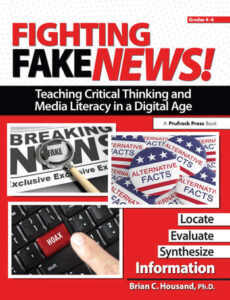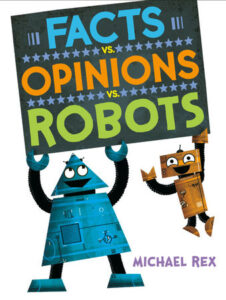
TedEd Lesson: Why People Fall for Misinformation—Joseph Isaac
Written by: Cindy L. Otis
Description: In 1901, David Hänig published research that led to what we know today as the taste map: an illustration that divides the tongue into four separate areas. It has since been published in textbooks and newspapers. There is just one problem: the map is wrong. So how do misconceptions like this spread, and what makes a fake fact so easy to believe? Joseph Isaac dives into the world of misinformation. Lesson includes Joseph Isaac’s video, Why People Fall for Misinformation, multiple choice and open answer questions, more information, and discussion topics.
To access the complete lesson, visit:
https://ed.ted.com/lessons/why-people-fall-for-misinformation-joseph-isaac
https://ed.ted.com/lessons/why-people-fall-for-misinformation-joseph-isaac



















